소개
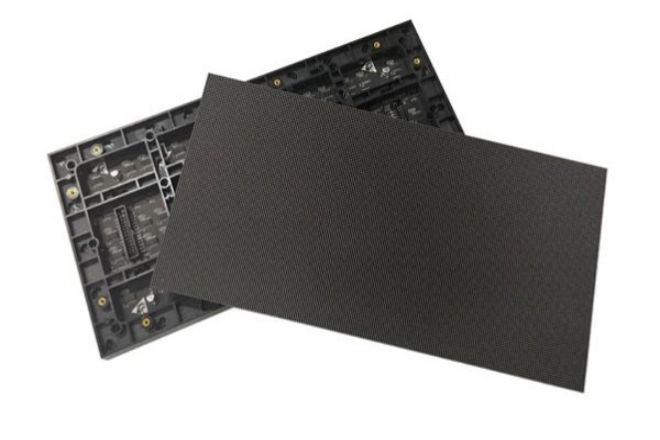
현대 디스플레이 기술의 대표주자로서, 발광 다이오드 표시 스크린 are widely used in various fields. As the basic structural unit of LED display screens, modules are of various types and have their own characteristics.
This article will conduct a detailed classification of LED display modules from the perspective of pixel pitch in order to better understand and apply these technologies.
1. Sort by pixel spacing
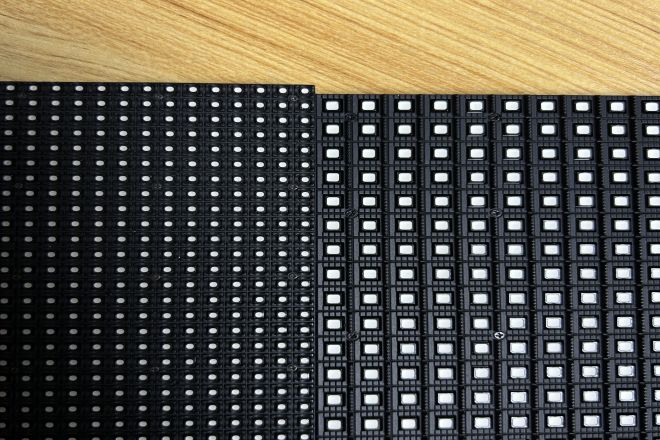
- Small-spacing LED module
As an outstanding representative of LED display technology in recent years, small-pitch LED modules have reduced their pixel pitch to less than 1.0mm, and some products even reach an astonishing ultra-small pitch of 0.4mm.
This technological breakthrough has enabled small-pitch LED modules to achieve a qualitative leap in display effects. Due to its dense arrangement of pixels, the picture resolution has been significantly improved, the image details are displayed more delicately, and the colors are fuller and more vivid.
The high-resolution characteristics of small-pitch LED modules make them shine in the field of high-end commercial displays. Whether it is a window display in a high-end shopping mall or an image wall in a brand flagship store, small-pitch LED modules can attract customers’ attention with stunning picture quality.
At the same time, in conference displays, stage backgrounds, and other occasions, small-pitch LED modules also bring an immersive experience to the audience with their excellent visual effects.
In addition, small-pitch LED modules also have the characteristics of high refresh rate and low latency, which can ensure the smoothness and real-time performance of the picture. This allows it to perform excellently in scenes with high real-time requirements, such as live sports events and e-sports competitions.
In general, small-pitch LED modules have become a star product in the LED display market with their excellent display effects and wide range of application scenarios.
With the continuous advancement of technology and the increase in application requirements, it is believed that small-pitch LED modules will show a broader market prospect in the future.
- Standard pitch LED module
Standard-pitch LED modules are the mainstream products in the LED display market, and their pixel pitch is usually between 1.5mm and 4mm. This module type achieves a good balance between cost performance and display effect, so it is widely used in various scenarios.
In the field of outdoor billboards, standard-pitch LED modules have become the preferred display solution due to their moderate pixel pitch and high brightness.
Whether it is a giant billboard next to a highway or a small or medium-sized advertising screen on the side of a city street, standard-pitch LED modules can attract the attention of passers-by with clear and vivid images.
In addition, standard-pitch LED modules also play an important role in large public places such as stadiums and shopping malls. They can not only play live events, commercial advertisements, and other content in real-time but also create a warm and lively atmosphere through dynamic pictures and color changes.
Standard-pitch LED modules can meet general needs in terms of display area, brightness, and color performance, so they are favored by the majority of users. With the continuous advancement of technology and intensified market competition, it is believed that standard-pitch LED modules will continue to maintain their market position in the future and will be continuously optimized and upgraded to meet the growing needs of users.
- Large-spacing LED module
With its unique advantages, large-spacing LED modules have occupied a place in large outdoor billboards, building curtain walls, and other fields. The pixel pitch of this type of module is greater than 4mm and has larger pixels, allowing it to maintain better visual effects when viewed from a distance.
Large outdoor billboards usually have to face complex weather conditions and light environments, so they have extremely high requirements for the stability and brightness of the modules. Large-spacing LED modules use high-quality materials and advanced production processes to ensure that they can operate stably for a long time in harsh outdoor environments. At the same time, its high brightness characteristics also ensure that advertising content is still clearly visible under direct sunlight.
In the field of building curtain walls, large-spacing LED modules have received more and more attention due to their unique aesthetic effects and energy-saving and environmentally friendly features.
By embedding LED modules into the building’s exterior walls or glass curtain walls, unique light and shadow effects and dynamic visual effects can be created, enhancing the artistic and technological sense of the building.
In addition, large-spacing LED modules also have lower energy consumption and longer service life, meeting the requirements of modern buildings for energy conservation and environmental protection.
2. Sort by display color
LED display modules also have diversified classifications in display colors to meet the needs of different occasions and applications. The following is a classification of LED display modules based on display color:
- Single-color LED module
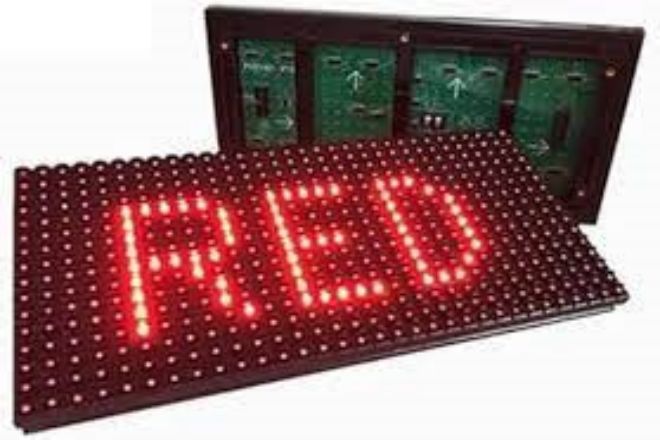
Single-color LED modules are widely used in various indication and marking situations due to their simplicity and practicality. This type of module can only display one color, and common single colors include red, green, blue, etc. This singleness brings obvious advantages in terms of cost. Among many basic display needs, single-color LED modules can meet the actual needs of users with excellent brightness and stability.
Traffic lights are one of the most common applications of single-color LED modules. Stop at a red light and go at a green light. People have become accustomed to judging their actions based on the color of traffic lights.
The application of single-color LED modules in traffic lights is not only because of their bright colors and high brightness but also their excellent stability, which can work normally under various harsh weather conditions to ensure the safety and smoothness of traffic.
In addition, single-color LED modules are also commonly used in various types of indicator lights, such as the indication of machinery and equipment operating status, the indication of electrical switches, etc. On these occasions, the single-color LED module provides users with clear and intuitive instruction information due to its simplicity and easy identification.
Although the single-color LED module is slightly single in color, its excellent performance in brightness and stability allows it to play an important role on many occasions.
With the continuous advancement of technology, single-color LED modules will be further optimized in terms of cost and performance, providing high-quality display solutions for more fields.
- Two-color LED module
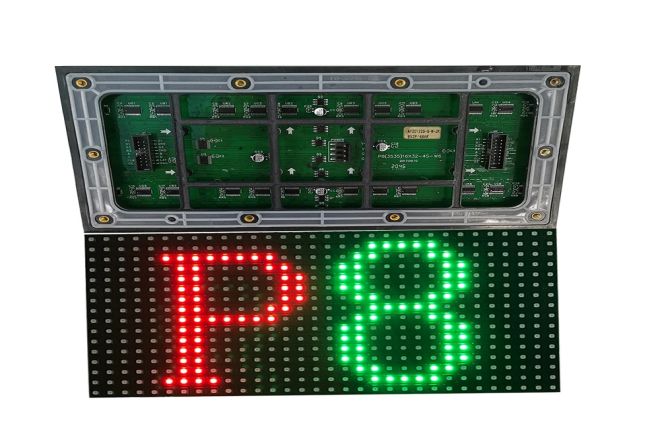
The two-color LED module is a more flexible display solution that can display two colors at the same time. Common combinations include red and green, blue and green, etc. The design of this module makes it more diverse in display content and can be freely switched between two colors according to different needs.
In public places such as airports and stations, two-color LED modules have been widely used. For example, two-color LED modules can be used on signboards to display different information, such as green indicating normal traffic, red indicating prohibited traffic, etc. This design makes the instruction information more intuitive and clear, making it easier for passengers to quickly understand and take corresponding actions.
In addition, two-color LED modules are also commonly used in situations where color distinction is required, such as promotional signs in shopping malls, booth signs at exhibitions, etc. Through the combination and switching of different colors, the two-color LED module can attract people’s attention and improve the dissemination effect of information.
The two-color LED module performs well in color switching and stability and can meet the needs of various complex scenes. With the continuous advancement of technology and the continuous expansion of application scenarios, two-color LED modules will show broader application prospects in the future.
- Full-color LED module
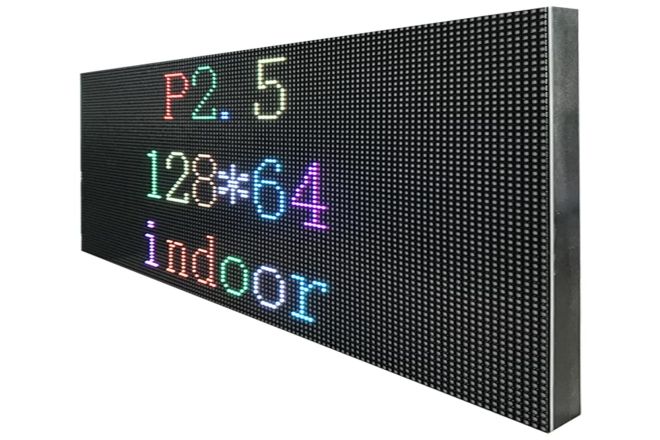
With its colorful visual effects and excellent performance, full-color LED modules have become the preferred display solution in advertising, publicity, entertainment, and other fields. This type of module can display a variety of colors, including the three primary colors of red, green, and blue, as well as other colors achieved through color correction technology, thereby presenting high-definition and high-color saturation picture effects.
Large outdoor billboards are one of the most typical applications of full-color LED modules. Through the display of full-color LED modules, billboards can present rich and diverse colors and dynamic effects, attracting the attention of pedestrians and improving the communication effect of advertising.
At the same time, the full-color LED module also has the characteristics of strong weather resistance and high stability and can operate stably for a long time in various harsh outdoor environments.
In occasions such as stage backgrounds and sports venues, full-color LED modules also play an important role. Through precise color matching and control technology, full-color LED modules can create various atmospheres and visual effects, bringing an immersive experience to the audience.
Whether it is a dazzling light show or a passionate sports event, full-color LED modules can bring a more exciting visual feast to the scene with excellent performance.
With the continuous advancement of technology and increasing application demands, full-color LED modules will continue to be optimized and upgraded in the future to provide high-quality display solutions for more fields.
Whether it is a commercial display or an entertainment performance, full-color LED modules will bring more excitement and vitality to our lives with their unique charm.
3. Classified by packaging form
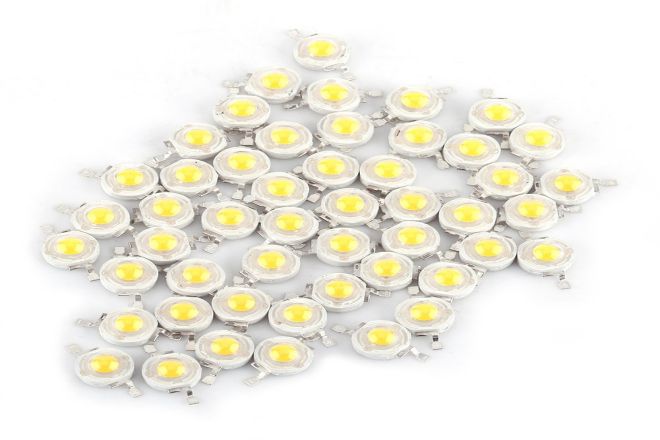
The packaging form of the LED display module directly affects its performance, cost, and applicable scenarios. The following is a classification of LED display modules according to packaging form:
- Surface mount LED module
Surface mount LED modules use surface mount technology (SMT) to directly weld the LED chip to the PCB board. This packaged module has the advantages of high brightness, wide viewing angle, and good stability.
Due to the tight connection between the LED chip and the PCB board, the overall structure of the module is compact, making it suitable for use in various indoor and outdoor display situations, such as shopping mall advertising screens, indoor conference displays, etc.
- Direct plug-in LED module
The direct plug-in LED module uses direct plug-in packaging technology. The LED chip is inserted into the hole of the PCB board and connected to the circuit board through pins. This packaged module has high stability and weather resistance and is especially suitable for harsh environments such as outdoors.
The direct plug-in LED module can resist the erosion of wind, rain, sunlight, and other natural factors, ensuring long-term stable operation. Therefore, it is often used in large outdoor billboards, sports venues, building curtain walls, and other occasions.
4. Classified by usage scenario
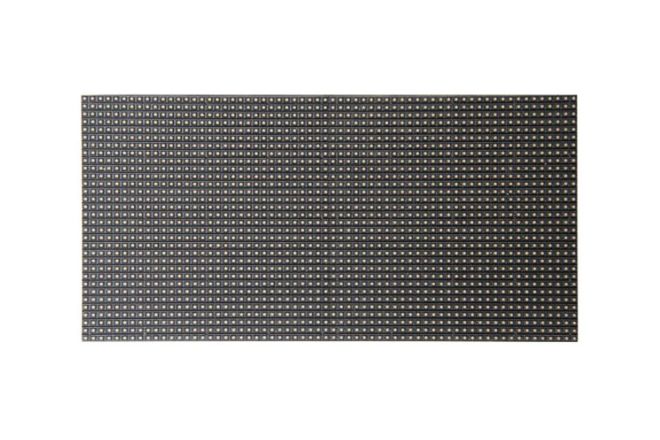
LED display modules are used in various scenarios. According to their environmental conditions and functional requirements, they can be divided into three categories: indoor LED modules, outdoor LED modules, and semi-outdoor LED modules.
- 실내 LED 모듈
Indoor LED modules are specially designed for indoor environments. Such modules usually have smaller pixel pitch and higher resolution to provide more detailed and clear image display effects. Indoor LED modules are widely used in commercial displays, conference reports, home entertainment, and other occasions. Their bright colors and high contrast can bring a high-quality visual experience to users.
- Outdoor LED module
Outdoor LED modules are designed specifically for outdoor environments. Considering the harsh weather conditions and strong sunlight in the outdoor environment, outdoor LED modules need to have high brightness, excellent weather resistance, and stability. These characteristics ensure that outdoor LED modules can operate normally in complex environments such as high temperature, low temperature, and humidity and provide long-lasting and stable display services for outdoor billboards, stadiums, building curtain walls, and other scenes.
- Semi-outdoor LED module
Semi-outdoor LED modules are between indoor and outdoor modules and are suitable for some semi-open or sun-shaded environments, such as balconies, corridors, etc. This type of module has the characteristics of both indoor and outdoor modules in design and performance. It can not only meet the requirements of the indoor environment for clarity and color but also adapt to a certain degree of outdoor environment challenges.
결론
To sum up, there are many types of LED display modules, which can be classified according to multiple dimensions, such as pixel pitch, display color, packaging form, and usage scenarios. Understanding these classifications helps us better select and apply LED display modules that suit specific needs.
Finally, if you want to know more about LED modules, 우리에게 연락해주세요.
